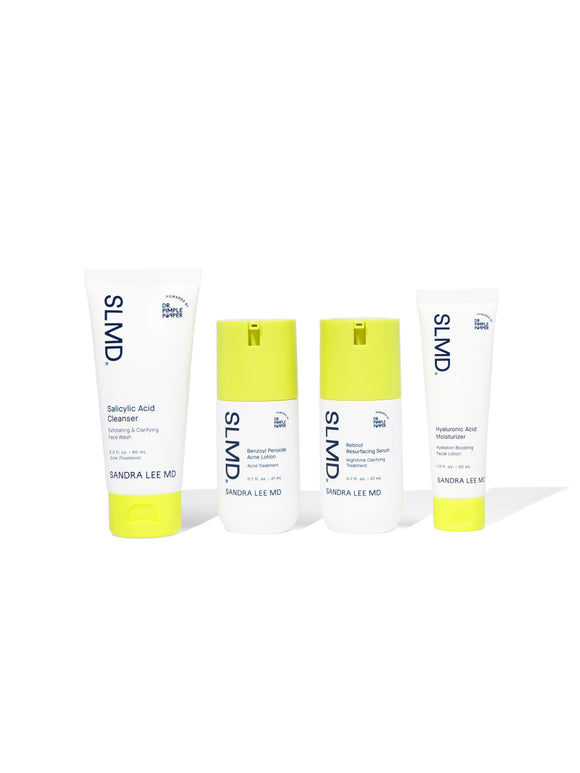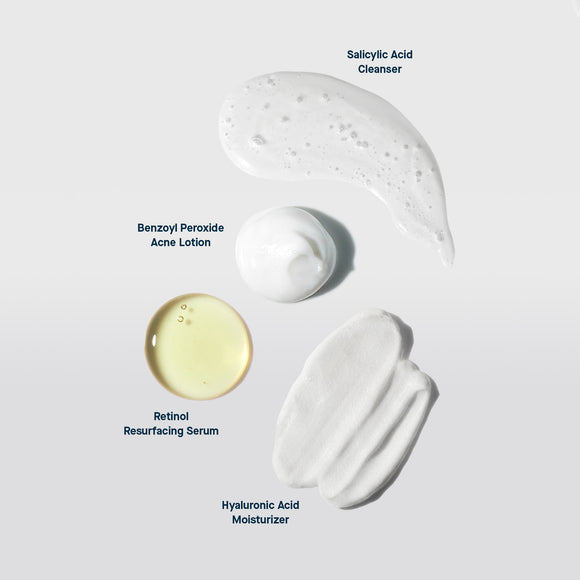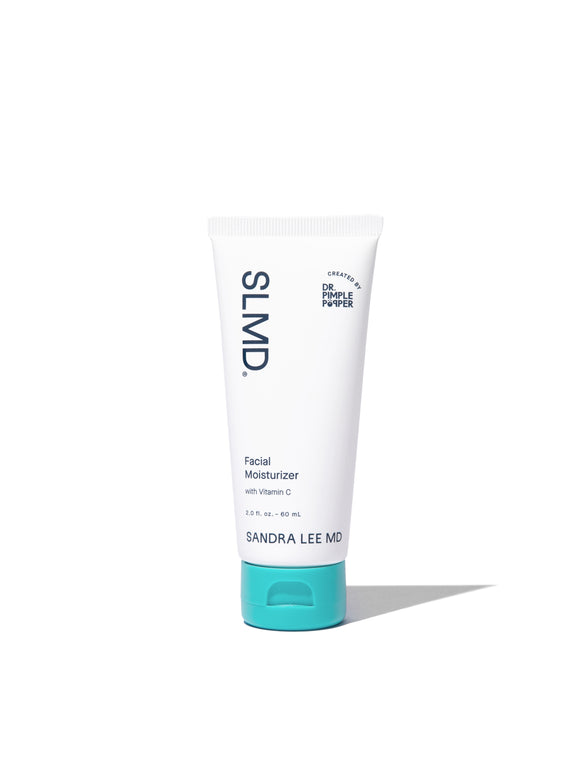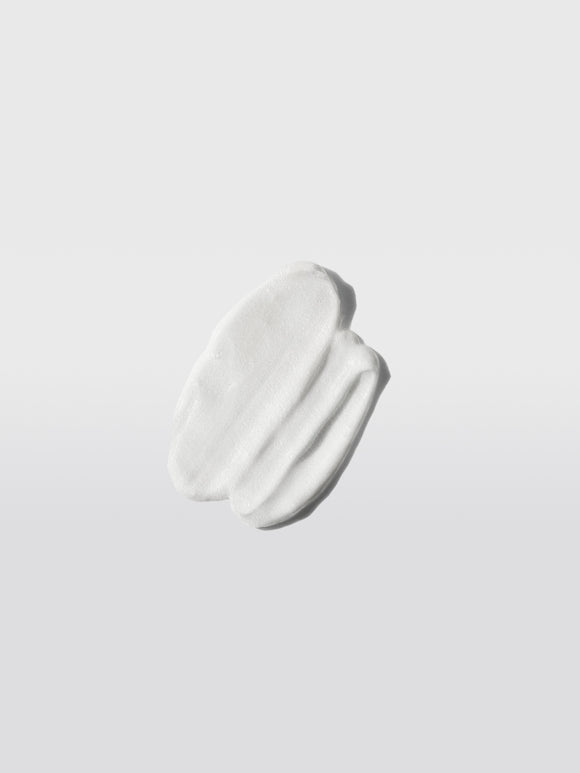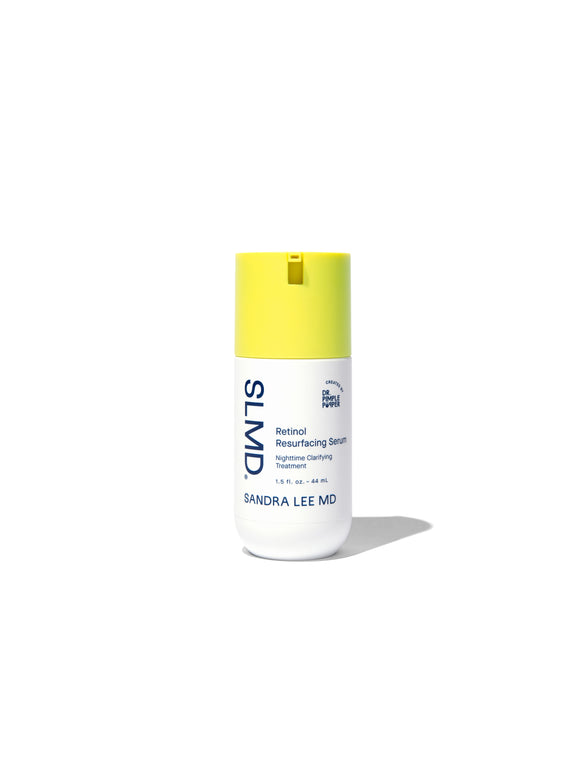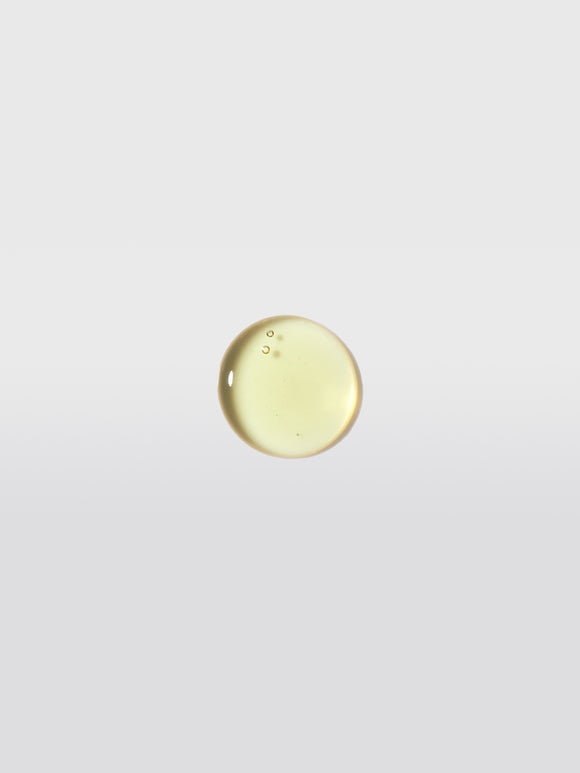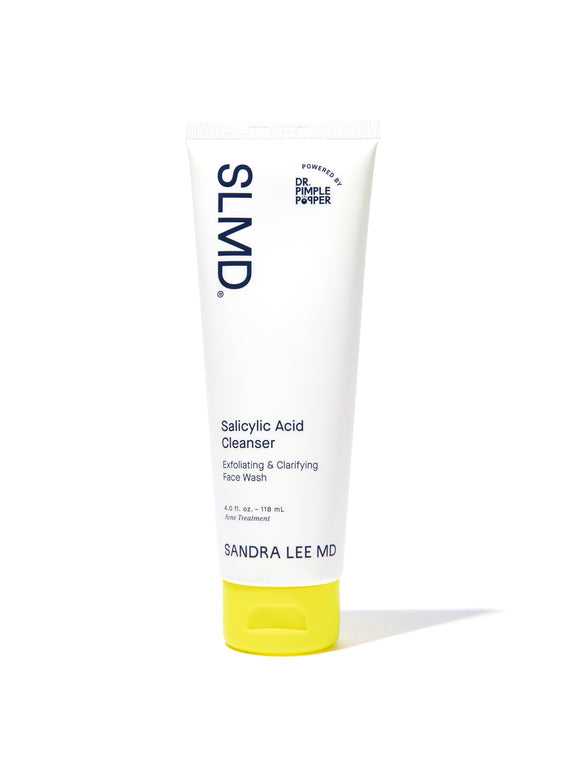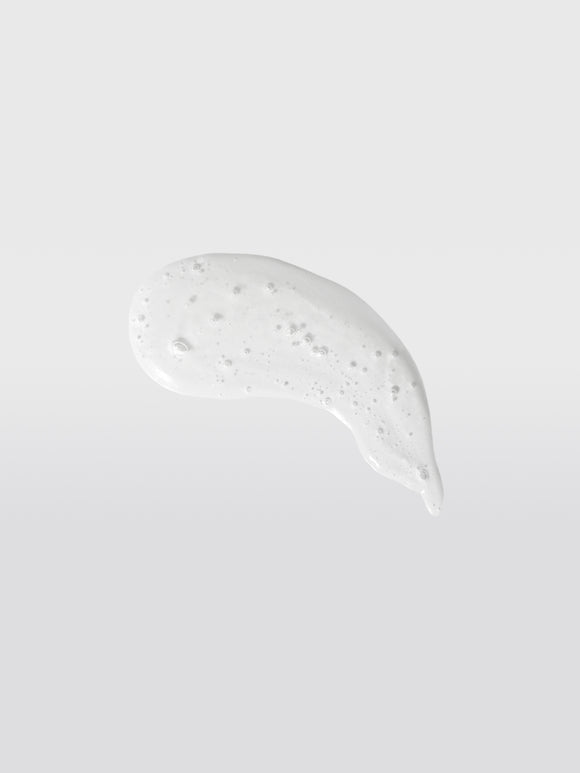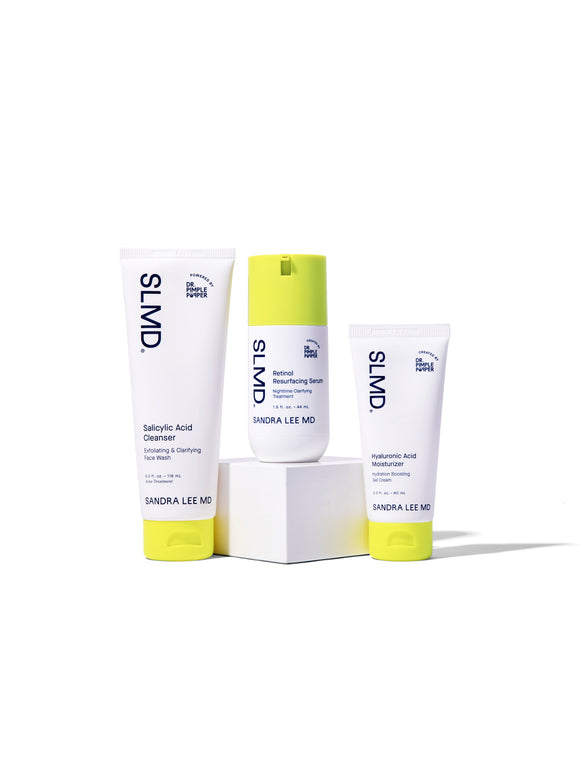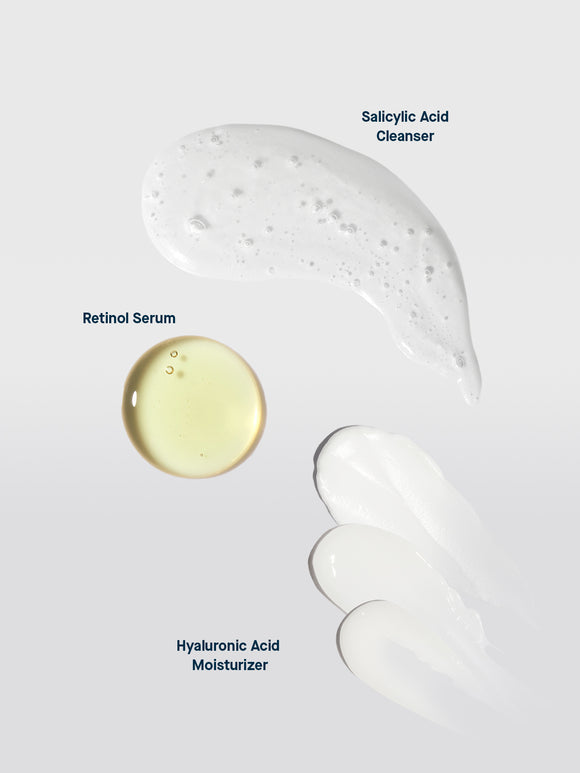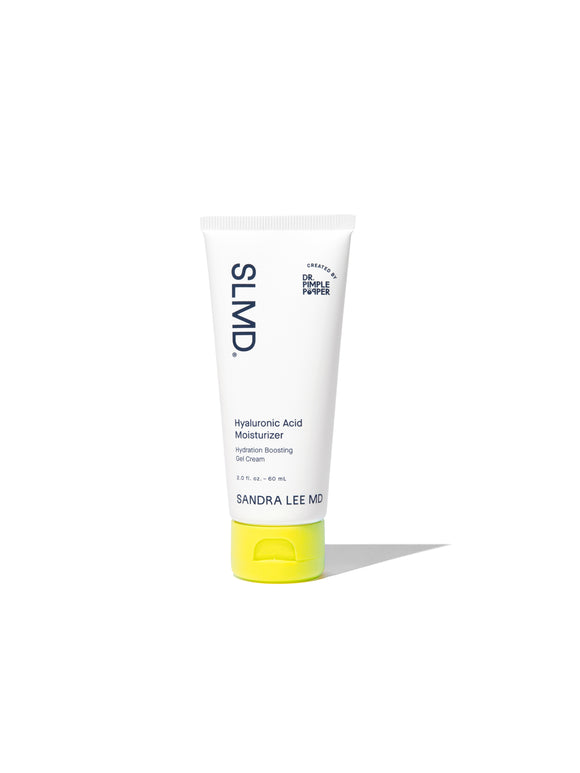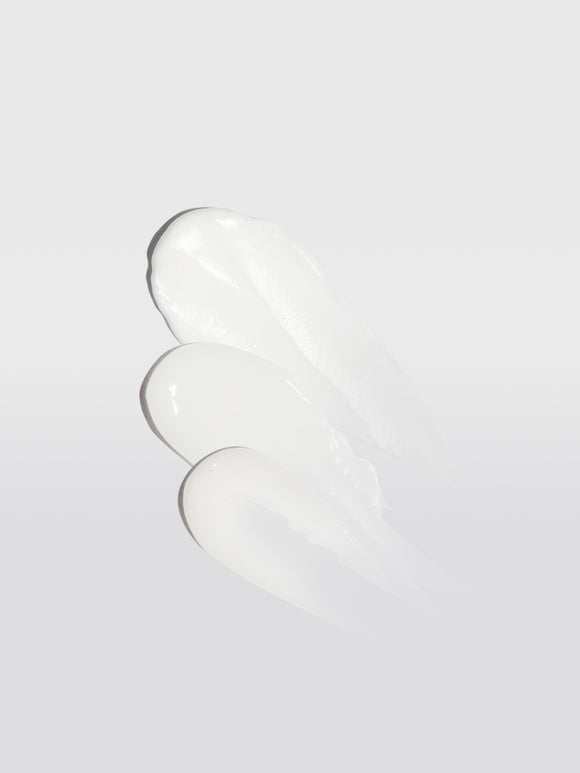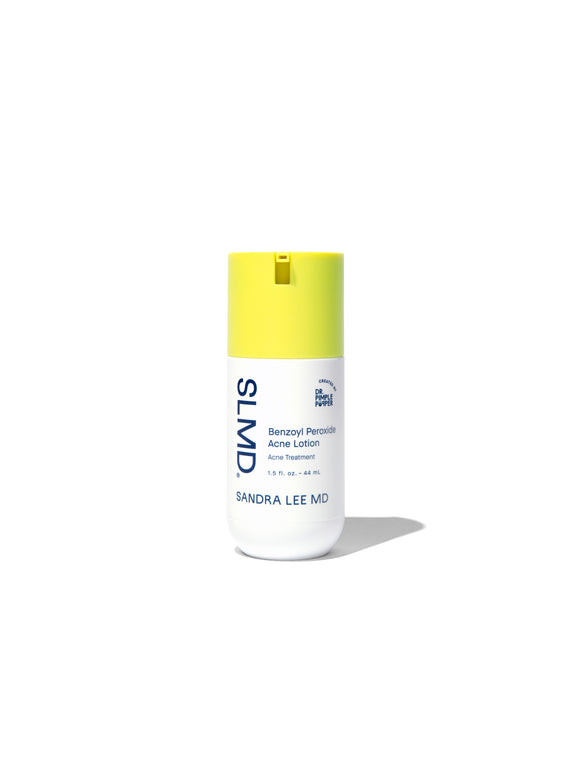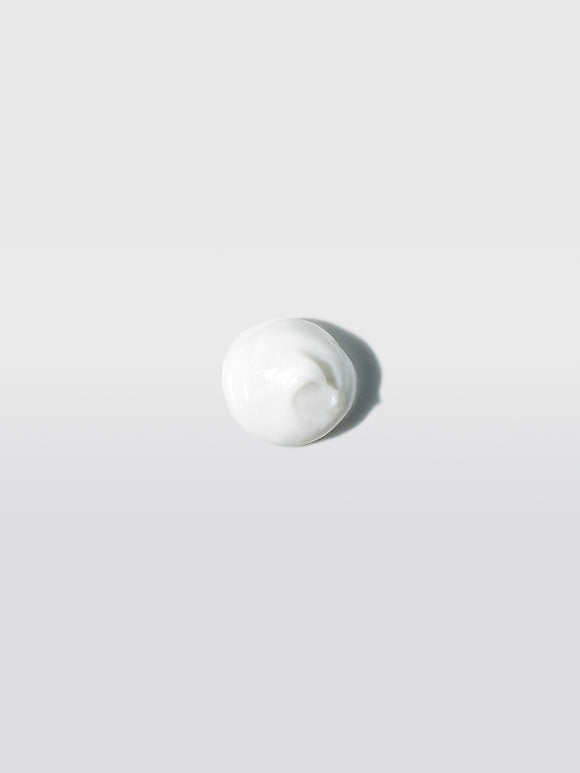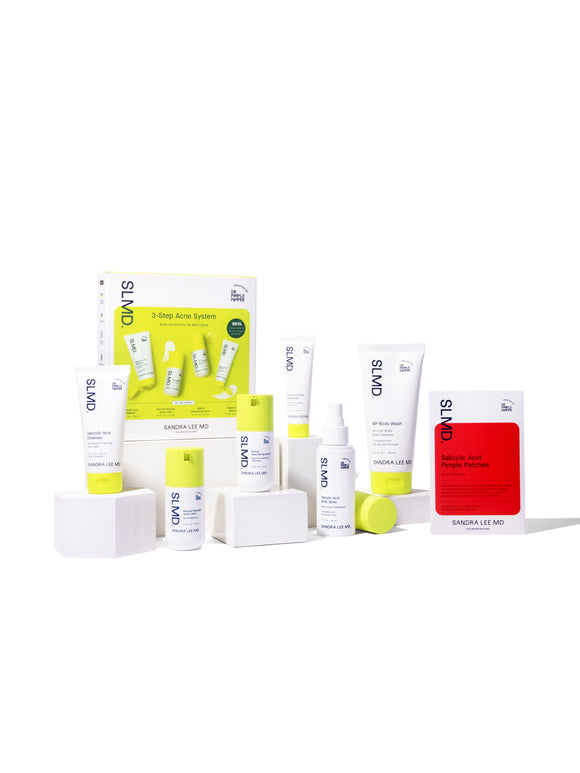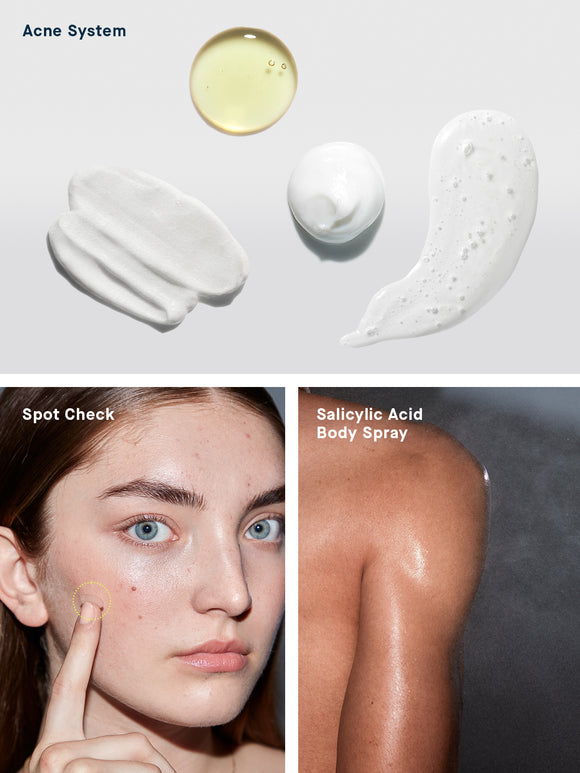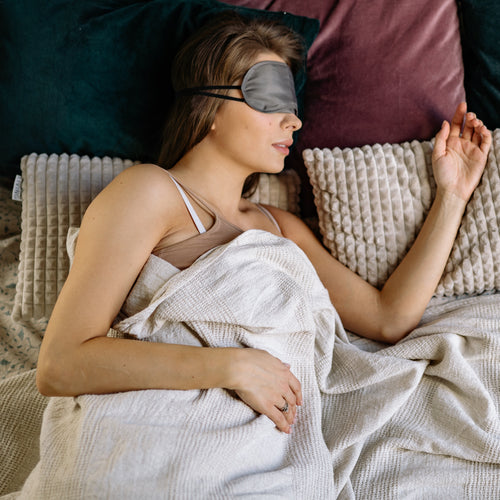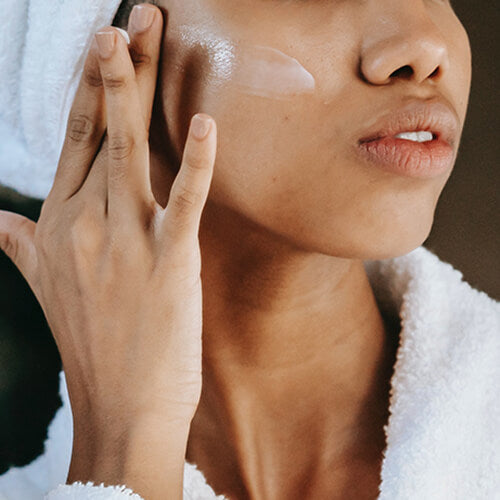
3 Steps or 10? The Truth Behind Skincare Routines
Thankfully, when it comes to skincare products, more isn't always more, explains Dr. Pimple Popper.
Published:
4 minute read
In the ever-evolving world of skincare, the debate between minimalist and extensive routines is as lively as ever. Are a couple of steps sufficient to maintain healthy, glowing skin, or do you need a multi-step regimen to truly achieve your skin goals?
With so many products — and so many “experts” — out there, it can be overwhelming to discern what's truly necessary for effective skincare. We asked dermatologist and our very own SLMD Skincare founder, Sandra Lee, MD (aka Dr. Pimple Popper) to demystify the complexity of skincare routines, to uncover what your skin really needs to thrive. Here, she breaks down the necessary steps, and weighs in on the pros and cons of more complicated routines.
Are 10-step skincare routines necessary?
DPP: When it comes to skincare, the first rule is to listen to your skin: what is it trying to tell you? If you have acne, or another acute concern, we dermatologists typically recommend getting that under control before you start tackling too many other issues. Typically that’s just a few products, twice a day. Adding to that may decrease the effectiveness of your treatment — or it may make your condition worse.
The popularity of these 10-step routines comes and goes, most recently we’ve seen this trend based on Korean skincare. I’ve always been a big believer in quality over quantity in a routine…seek out effective formulas and do the minimum to take care of your skin’s unique needs. And be consistent. This is going to save you time and money. Just because you have time on your hands, or you saw a product on social media that everyone’s talking about, doesn’t mean you need to add steps to your regimen.
Dr. Pimple Popper's Essential Skincare Picks
What skincare steps are absolutely essential?
DPP: As a dermatologist, there are three things I recommend that everyone do on a daily basis, generally morning and night: cleanse, treat, and moisturize. That goes for every skin type, whether you’re dealing with a skin concern like acne, or not. We can break those down a bit:
Cleansing is what removes environmental pollutants and any excess oil from the surface of your skin. It’s important to get all that “gunk” off because the buildup can damage your skin over time — and if you’re acne-prone, all that sebum will clog your pores and lead to breakouts. I suggest washing your face twice a day, with a product that contains a gentle chemical exfoliant like salicylic acid.
If you wear a mask for work, or you’ve been sweating at the gym, you should wash more frequently. If you have really dry skin like me, use a cream-based cleanser in the morning and a gently exfoliating one at night.
Treating your skin is the step that’s going to address your specific concerns — be it acne, premature aging, dryness, what have you. These are the products that contain potent active ingredients, like retinol, alpha hydroxy acids, antioxidants like vitamin C, etc. Because people often have multiple goals or concerns, this step is where it’s easy to fall prey to piling on the products.
I don’t recommend adding too many treatment steps, because you can end up irritating your skin with too many potent ingredients. On the flip side, different products can end up canceling each other out, giving you almost no benefit.
Moisturizing is the crucial last step that many people skip — but it really is important. This is true whether you have dry or oily/acne-prone skin, because moisturizing is what helps keep our skin barrier intact. Our skin naturally loses water, especially at night, through a process called transepidermal water loss (TEWL). During the day, it's imperative that you apply SPF afterwards, or use a combination moisturizer/sunscreen product.
When we use skincare products that can affect oil production (like benzoyl peroxide and retinol), it’s important that we boost hydration levels, and then seal it in with some emollient ingredients. If you have dry skin, you can use thicker, more intense ingredients, whereas anyone with oily or acne-prone skin should look for lightweight ingredients that are formulated not to clog pores.
Should I add steps to my skincare routine?
DPP: As a skincare lover, I totally understand the draw of incorporating a trendy new ingredient or product into your routine. And that’s fine — just pay attention to how your skin reacts and don’t expect miracles. There are really only a handful of dermatological ingredients capable of producing measurable results…the rest is just extra.
If you want to try adding steps to your routine, make sure you’ve first explored whether or not you’re using the right products for your skin. If you’ve got clogged pores, for example, you might just need to incorporate salicylic acid into your face wash, rather than start double cleansing. And if your moisturizer isn’t doing the trick, try finding one that’s slightly more emollient before you start layering on several different creams.
Generally speaking, I recommend limiting your treatment products (so that’s step 2 in your routine) to no more than one or two at a time. A simple way to address multiple skin concerns is to follow an alternating regimen: your usual cleanser, followed by 1-2 treatments in the morning, 1-2 different treatments at night, then moisturizer. You can also alternate your treatments every other day, but I suggest keeping your overall arsenal of active ingredients to a handful at a time.

Dr. Lee's Last Word
Remember: the more products we put on our face, the harder it becomes to tell what’s working, what’s potentially causing irritation, and what’s just wasting our time. If you’re not seeing results from your skincare routine, call your dermatologist for advice — that’s what we’re here for!



